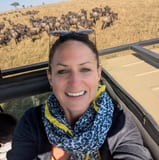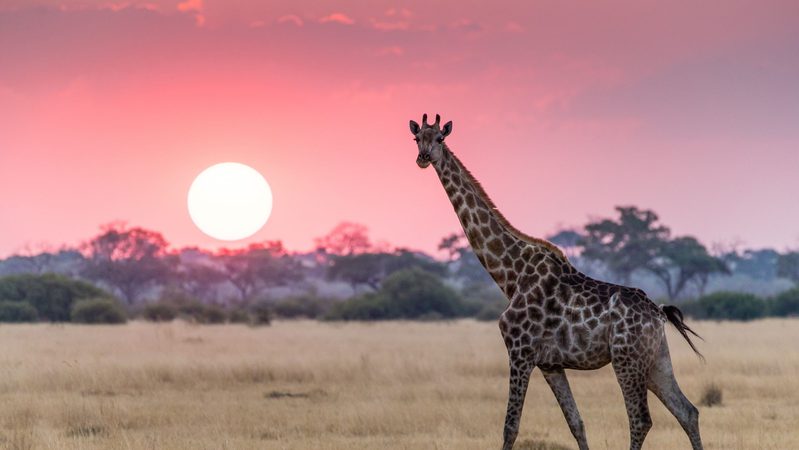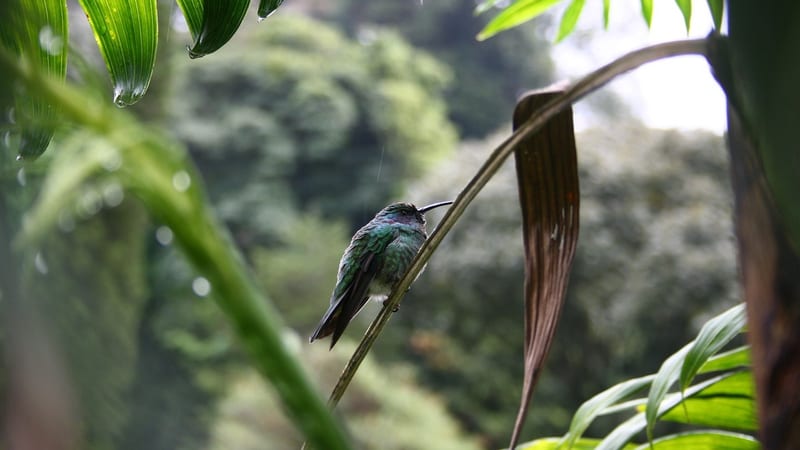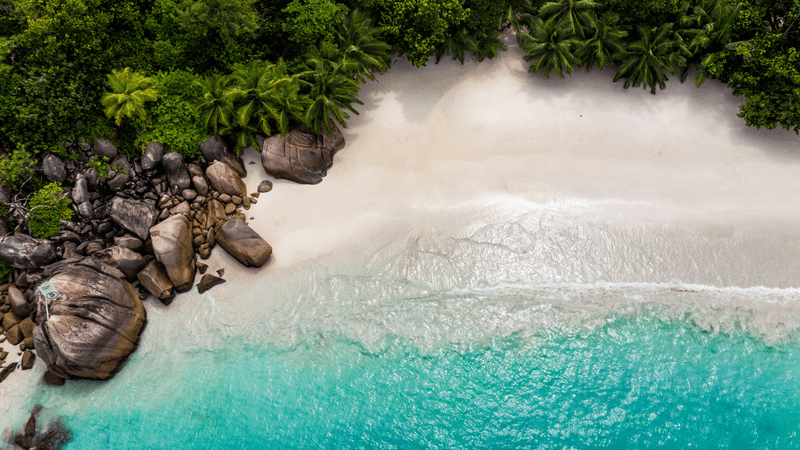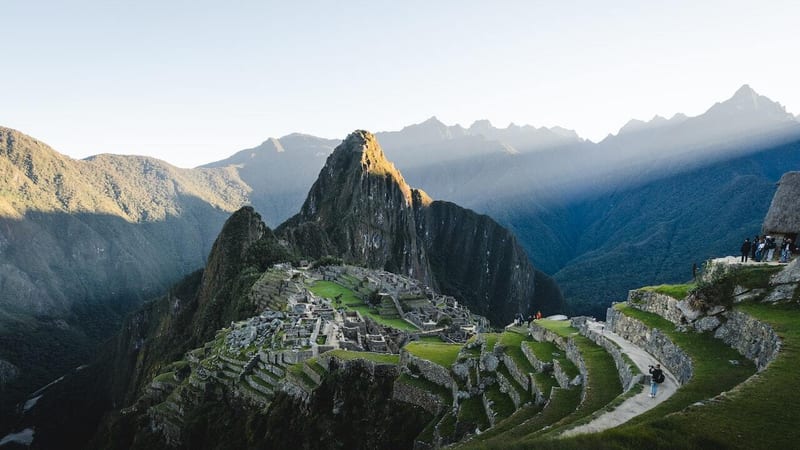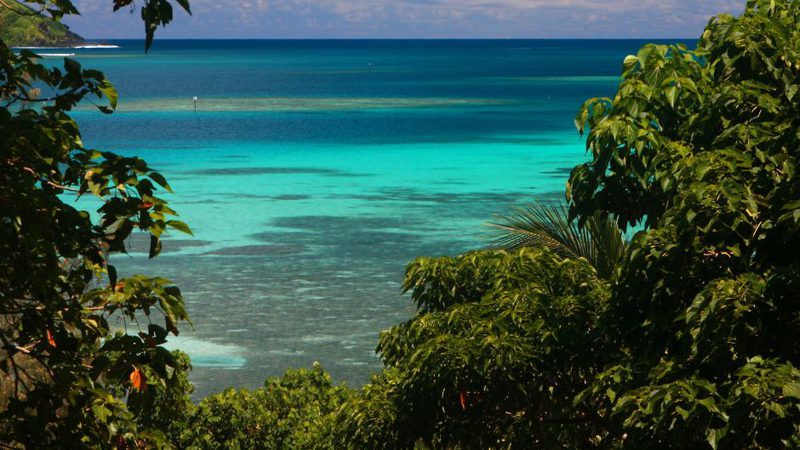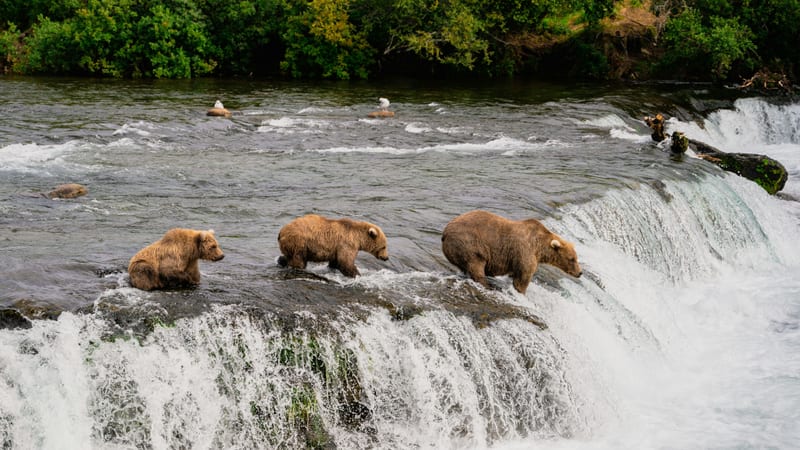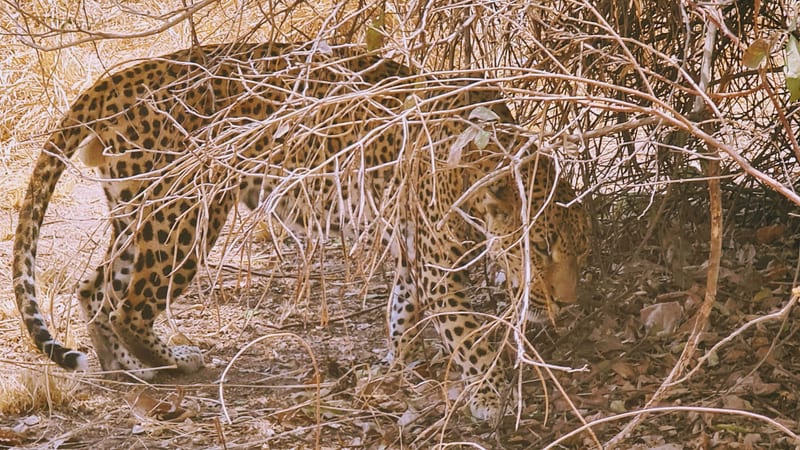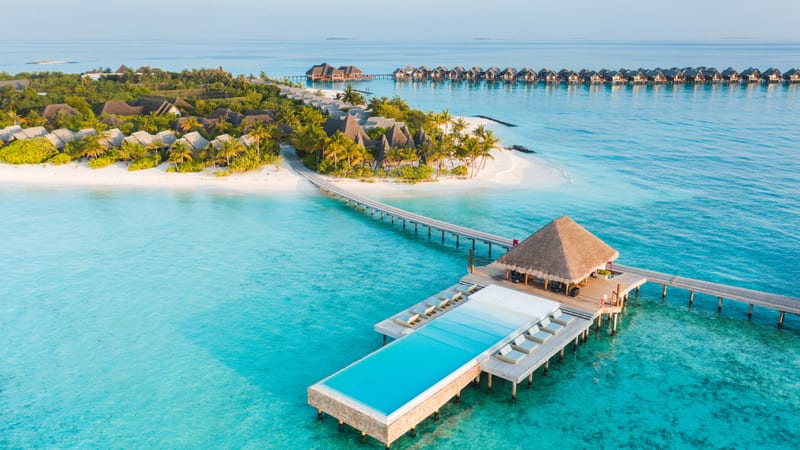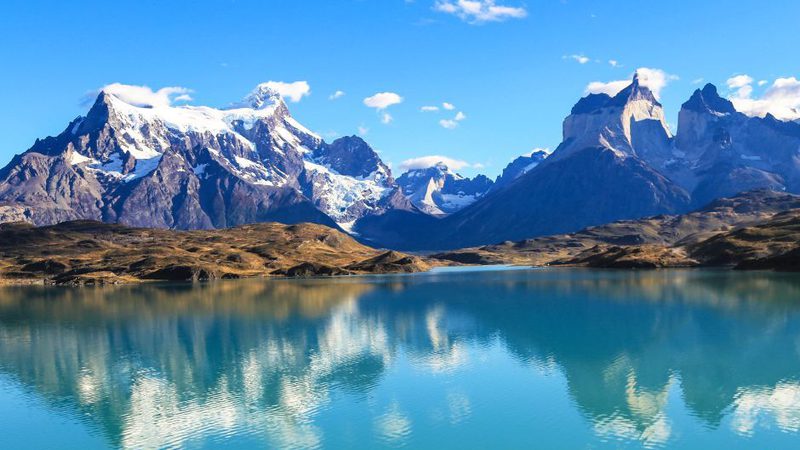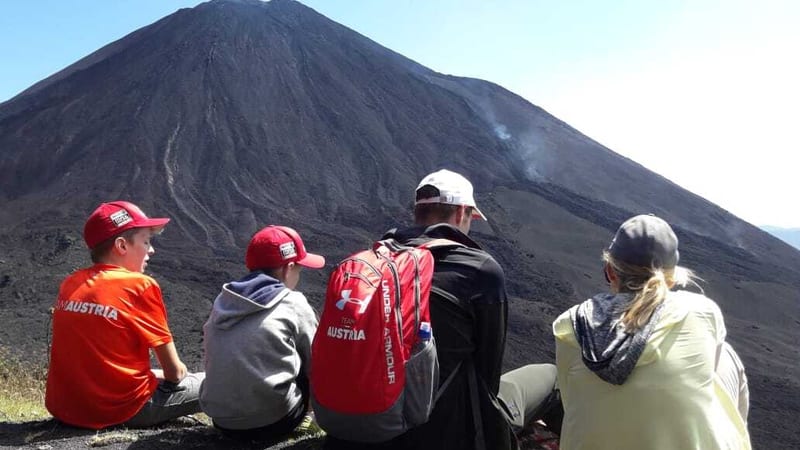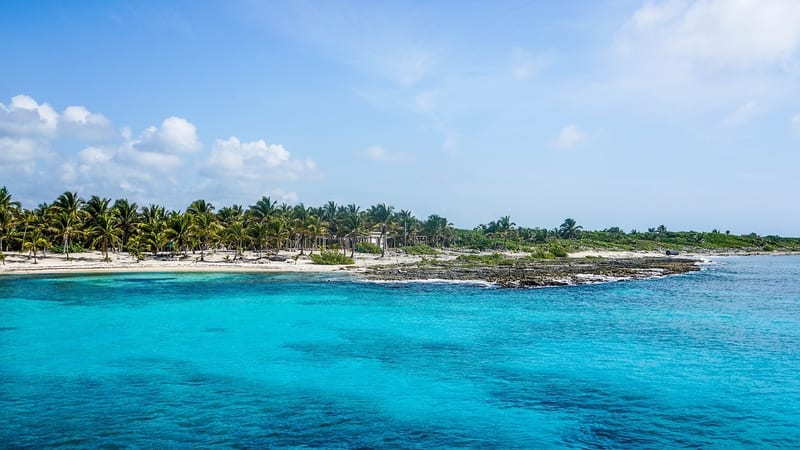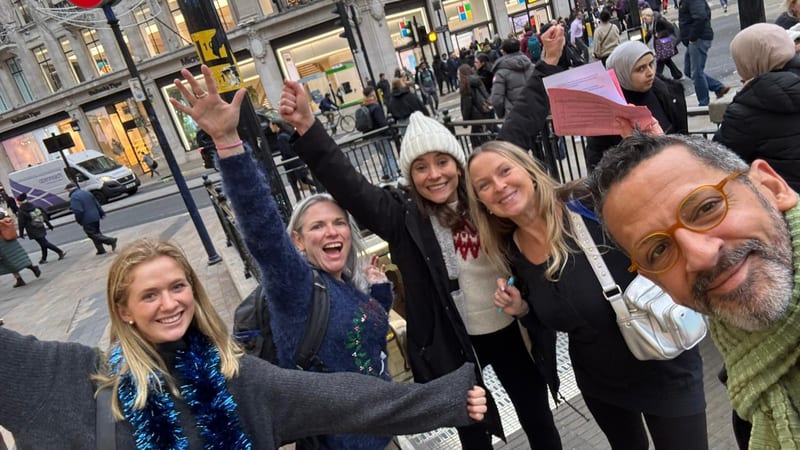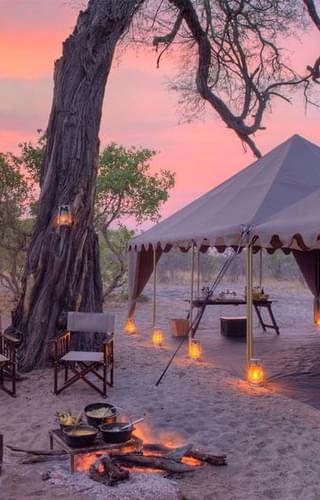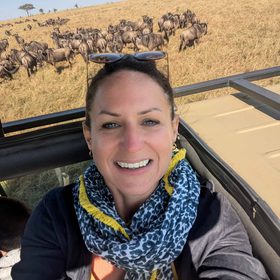The camp of private safari tents, served by private butlers, moves every 5 days to comply with Chobe National Park camping rules.
LOCATION: Chobe Under Canvas is an exclusive tented safari camp, ideally located alongside the Chobe River in northern Botswana. The camp moves every five days to comply with Chobe National Park’s camping rules, ensuring guests stay close to the wildlife while maintaining a light footprint. Its mobile nature and remote setting offer an authentic connection with the wild, bringing guests closer to the sights and sounds of Africa's great riverfront wilderness.
ROOMS: With only five large, walk-in safari tents, Chobe Under Canvas accommodates a maximum of ten guests at a time, ensuring privacy and seclusion whilst evoking the mobile safari camps of old. Each luxury safari tent features a double bed, shaded porch with comfortable chairs, and an en-suite bathroom with flush toilet and al-fresco bucket shower, where hot water is delivered on request. Battery-powered lamps provide evening light, creating a peaceful and traditional safari atmosphere.
AMENITIES: The camp includes a central mess tent and bar, where guests can relax between activities with games, books, and reference materials. Meals are freshly prepared and served communally, either under canvas or beneath the stars; delicious Pan-African cuisine cooked over an open fire provides a traditional dining experience. A laundry service is available, and guests are attended to by their own private butler, who ensures every comfort is met. Candle-lit bush dinners are also offered for a truly memorable evening.
ACTIVITIES: Morning and afternoon game drives take guests deep into Chobe National Park in semi-open 4x4 vehicles, accommodating a maximum of six guests each. The vehicles are equipped with charging points for cameras and video equipment. The Chobe River area is one of Africa’s best wildlife regions, home to large herds of elephant and buffalo, as well as lions, leopards, and wild dogs. Guests can also enjoy boat-based game viewing, bird watching, and sunset river cruises. With nearly 500 bird species in the region, the birding is exceptional, particularly in the summer months.
SUSTAINABILITY: Chobe Under Canvas operates as a low-impact mobile camp, moving regularly to reduce its environmental footprint and comply with park regulations. With no permanent structures and minimal energy use, it allows the land to recover naturally after each stay. Its simple, mobile design and reliance on traditional safari practices reflect a sustainable approach that respects the delicate Chobe ecosystem.
Best places to stay in Chobe National Park
Chobe National Park Trip Inspiration
When to go to Botswana
Find out the best time to visit Botswana with our month-by-month guide.
- Best
- Good
- Mixed
- Jan
- Jan
- Feb
- Mar
- Apr
- May
- Jun
- Jul
- Aug
- Sep
- Oct
- Nov
- Dec
January
January is the heart of the wet season, with heavy downpours usually in the late afternoons, which is a great excuse to watch the storm from the luxury of your camp or lodge. Much of the wildlife is still there it may just take a little longer to find as its more dispersed due to the surrounding surface water. This time of year is hot, and aside from the rainshowers it's sunny. This is the best time to see the Zebra and Wildebeest migration as well as large flocks of flamingos down in the Makgadikgadi Salt Pans. Rates are lower during the wet season.
January
January is the heart of the wet season, with heavy downpours usually in the late afternoons, which is a great excuse to watch the storm from the luxury of your camp or lodge. Much of the wildlife is still there it may just take a little longer to find as its more dispersed due to the surrounding surface water. This time of year is hot, and aside from the rainshowers it's sunny. This is the best time to see the Zebra and Wildebeest migration as well as large flocks of flamingos down in the Makgadikgadi Salt Pans. Rates are lower during the wet season.
February
February is also one of the warmer months, and is defined by both sunshine and heavy storms, which making it another great time for photography. It's now that the Central Kalahari begins waking up, with herds of game coming to graze the lush grassland. Again the peak migration should be in the Makgadikgadi now with large herds of wildebeest and zebra in the area. Game viewing is still great in many areas of the Okavango Delta with many of the dried camps on the western side top choice.
March
The wet season slowly comes to an end, leaving hot, drier days. There is still some rain, but only for short periods during the afternoon. Enjoy the green scenery and the lower accommodation rates. Towards the end of March the wildlife in the Central Kalahari really begins to pick up as large numbers of plains game head in the pans and Valleys. This is a great time of year to combine the Central Kalahari and Okavango Delta.
April
April is a fine month to visit Botswana, as the nights become cooler and sleeping is easier. Breeding season is underway for plains game, so keep an eye out for the clashing males attempting to woo the females out on the savannahs. Along with the breeding season comes more predator activity as the young animals are easy pickings. This is peak game viewing time in the Central Kalahari Game Reserve making it an integral part of any itinerary.
May
With the rainy season at an end, the temperature falls, making bush excursions more pleasant. Nights can be a little chilly, so you'll probably need an extra layer if you're heading out on an evening game drive. Skies become clearer and there are fewer mosquitoes. This is one of our favourite months to travel and also marks the final month before the peak season rates kick in in most camps.
June
June is the middle of winter in Botswana, and is one of the best times to visit the country. Days are pleasantly warm, and nights are spent tucked up cosily in your camp or lodge. Wildlife becomes concentrated around waterholes making it easier to spot. This is a great time to visit the Okavango Delta, Moremi and Chobe.
July
With warm sunny days, and cool nights, July is the perfect time to be in Botswana. Although this is the dry season, it's a great time to enjoy a traditional mokoro canoe trip as floodwaters begin to rise in the Okavango Delta, flowing down from the highlands of Angola.
August
The temperature begins to rise again in August, but it's still a superb time for game viewing, and the Makgadikgadi Pans are now accessible through until October. Water is now scarce in many of the parks, making game viewing easy. It's a good time to visit Savute and Linyanti.
September
Days in September are hot with sunny blue skies, and the nights are no longer cold. It does get quite dusty out in the bush thanks to many months without rain, and game viewing is excellent as predators and prey alike hunt to find water.
October
October is warmer, and safari activities take place during early mornings and late afternoons to avoid the worst of the heat. This is one of the final month before the rains come and the ground is at its driest making for exceptional game viewing. If you don’t mind hot days this is one of the peak game viewing months
November
November remains hot, but the rains return mid-month, bringing the plains and forests back to life. If you want to see young animals being born and lots of predator action, this is the month to come. With rates dropping in November and the rains often falling later on in the month, the first 2 weeks of November are a very popular time to travel. It also ties in nicely with the great weather in Cape Town and the Garden Route.
December
The rainy season is now in full swing with often short heavy downpours in the evening, days are still mostly sunny. Landscapes are lush, and there is plenty of wildlife activity as the newborns flourish.
Speak to a Botswana expert today
and start planning your tailor-made vacation

Alistair
